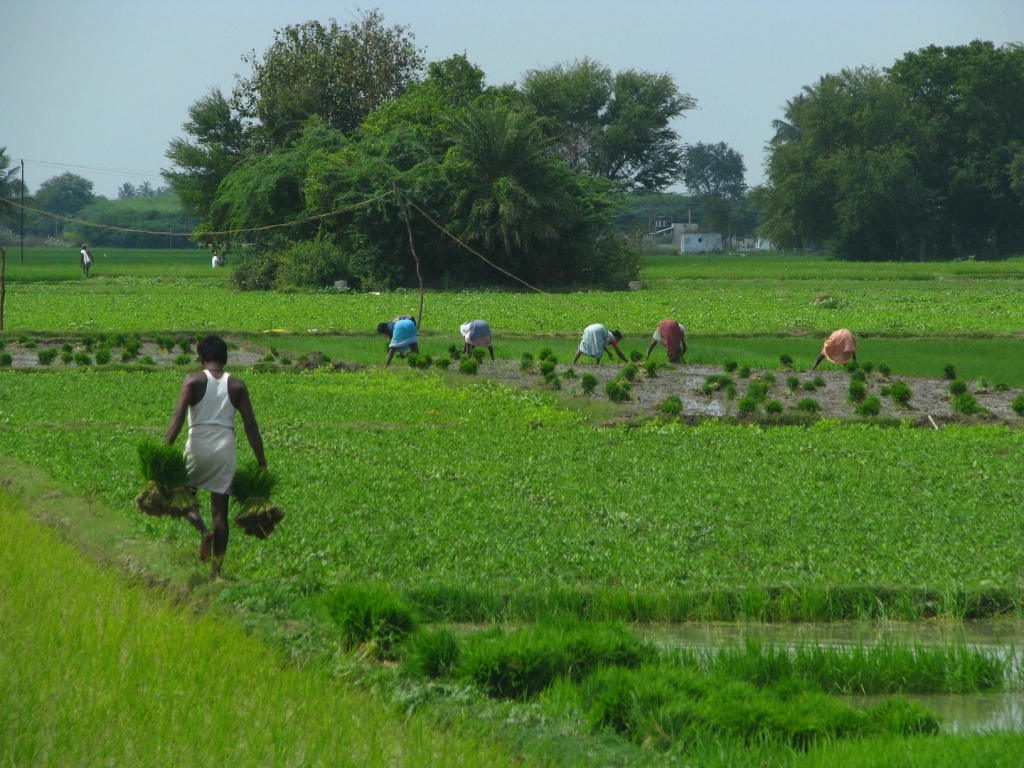The Food Thali And The Field: Why Do We Waste Food?

The global food plates and agriculture share a very interesting paradox. As per the Food and Agricultural Organization, one third of the food produced is wasted which amounts to $750 Billion (Rs. 45 Lakh crores) and 7.3 billion people in the world suffer from chronic malnourishment. Poor nutrition causes nearly half of the deaths among children (45%) under the age of five, i.e. 3.1 million children each year. According to the World Food Program, only $ 3.2 billion is required per year to reach 66 million children. If we were to go by data, the world produces enough food to feed the global population, a huge amount of food is wasted, and 7.3 billion people live with chronic undernourishment.
The question is, when we produce enough food and have considerably huge starving population, why do we waste food?
It is more interesting to note that the food producer itself can be undernourished because of the low selling price of the produce thus directly leading to the low purchasing power of essential food items required for a balance diet. FAO (2012) in its finding states that “the principal problem is that many people in the world still do not have sufficient income to purchase (or land to grow) enough food.”
India ranks 80th out of 104 countries in World Hunger Index as per the 2015 data; the country loses 40% of its total produce, which amounts to 50,000 crore. No food producer wants to waste their produce but is often forced to. 70 per cent of the total produce of fruits and vegetables - which cost a considerable percentage – is wasted; and a large portion of the population omits fruits and vegetables from their daily diet citing affordability.
In this article, I attempt to throw some light on the North East of India. Like most parts of the country, despite agriculture being a backbone breaking and non- profitable source of livelihood, it still remains to be main source of livelihood in rural parts of the North - East. Producers are willing to produce the maximum quantity with their available resources; the only risk factor is the market and its system. The selling and purchasing prices are decided by market forces, and the producers have no bargaining power. Despite their hard work and willingness to feed the non -food producing sections of the society, lack of bargaining power and value addition component of producers still binds them into the shackles of poverty.
Vegetables are sold at a price which is does not to meet the needs of the household or the consumers, who are forced to buy them at a high price. For instance, Choyate Squash is sold for Rs. 3/kg, cabbage at Rs. 5/kg, mustard leaves, ginger and turmeric at Rs. 10/kg.
With the lack of bargaining powers, storage facilities and poor know how of value addition, producers have little but no choice to sell their yield sell despite the low prices. Normally, the role of middlemen in the exploitation of producers is noted, but when carefully analyzed, in remote areas, topography and transportation costs eat up chunk of the costs involved.
Agriculture in the North East of India is tiresome because almost every process of production is done manually, and is also seen as a burden by the people who are directly engaged because of all the food wastage, low selling prices and distress involved in selling the produce. Despite its non profitability, people continue to engage in and pursue agriculture as their main source of livelihood.
On the other hand, the urban population has to shell out a considerable proportion of their income on food whereas the rural population spends most of their time producing food, and often have to leave their crops to rot in the field. There is a strong need to breach this gap by establishing a system of direct contact between the producers and consumers, so that the producers too are able to get a reasonable rate for their hard work and consumers are able to get affordable food .To facilitate these mechanisms proper capacity building of producers, collectivization, communitization of resources and technology, capital and infrastructural assistance for the producers is required.
(The writer holds a Masters degree in Disability Studies and Action from Tata Institute of Social Sciences , Mumbai and has an avid interest in issues pertaining to livelihoods, disability rights , poverty alleviation, gender, sexuality, rural development and social inclusion).


